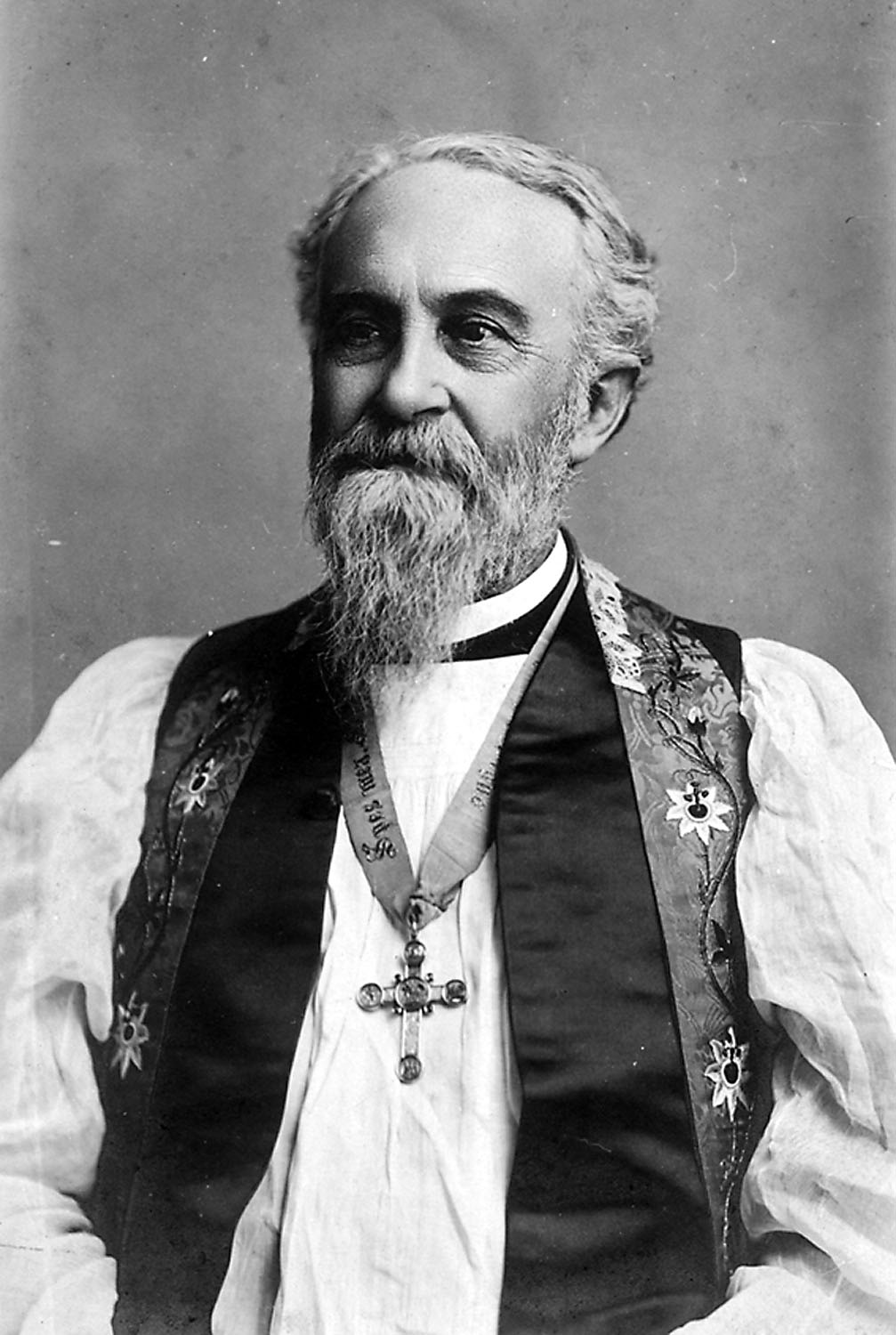On a cool March evening in 1866, a small band gathered to pray. Around them lay the wreckage of war and the shattered dream of a great Episcopal university.
The Right Rev. Charles Quintard, bishop of Tennessee, led the group in the Apostles' Creed and the "Gloria in Excelsis," before a simple wooden cross. The group included several priests, a trustee from Florida and "some workmen," white and black.
Within days, construction of a new building began. Humbled but unbroken, these "second founders" still believed in the University of the South.
In October 1860, a large throng had gathered on the Cumberland Plateau to dedicate the cornerstone of the new university. Bishops from 10 owning Episcopal dioceses were joined by priests, statesmen and community members in a joyful celebration.
The site had been determined in 1858, thanks to a gift of 5,000 acres from the Sewanee Mining Co. (on the condition that the university open its doors within 10 years). Vigorous fundraising had secured more than $500,000 in financial support, creating an endowment almost half that of Harvard College.
The country in 1860 had nothing like a national university. The founding bishops shared the audacious notion that such an entity was desirable and attainable. Colleges of various sizes, professional schools of law, medicine and theology, and a summer colony of residents from across the South would quickly populate the "Domain," which had excellent access by rail and a location at the center of the region whose name it bore.
At the 1860 dedication, Bishop Leonidas Polk stated the university's purpose succinctly and boldly: "the cultivation of true religion, learning and virtue, that thereby God may be glorified and the happiness of man be advanced." Uplifting oratory, a large banquet and a brass band etched this special day in the memories of all there.
What the founders possessed in vision, they utterly lacked in timing. Within a month Abraham Lincoln was elected president. War followed. What few buildings that existed on the university site burned. Many valuable documents were lost. The cornerstone was destroyed. By war's end, two of the founding bishops were dead, the treasury depleted, hope seemingly lost.
And yet for Quintard, the vision was no less compelling. If anything, the need for a university had become even more urgent. This Connecticut native, medical professor in Memphis and Confederate chaplain had a minor role in the cornerstone dedication. He was consecrated in October 1865 as successor to James Otey, bishop of Tennessee. He found Otey's unwavering support for the university contagious.
And so Quintard went to work. He built a simple log cabin for his own use and began construction of Otey Hall. Most important, he began to raise funds, mainly from Episcopal friends in both the North and South.
"If our Church is to do the work God has committed to her," he declared, "of regenerating our land and moulding for our people a high Christian civilization, this great institution must be built up."
The bishop also heard the clock ticking: The gift of land would be revoked if the university did not open by September 1868. He resolved in August 1867 to travel to England to seek support. Nine months later, near exhaustion, he returned having raised more than $8,000 and secured 1,000 books, donated by both Cambridge and Oxford. The university, if only barely, made the deadline with the enrollment of nine young men in the "junior department."
Quintard's example is heroic, and the second founding of what would soon come to be called "Sewanee" is a story of confidence, courage, hope and prayer.
Until his death in 1898, Quintard remained devoted to the university he almost single-handedly revived.
He made an additional fundraising trip to England in 1876. To the very end, as Bishop Thomas Gailor noted in a memorial address to the university's trustees in 1899, even as "he lay exhausted with long illness in those last sad days ... his one cry was 'Sewanee.' For it was not merely the University. It was the place. He pervaded it. He loved it. Its Sewanee spirit was his spirit. Its atmosphere was in a large measure his creation. .... Wherever Sewanee shall be known, there shall his name be honored."
John M. McCardell Jr. is vice chancellor and president of The University of the South. For more, visit Chattahistoricalassoc.org or call LaVonne Jolley 423-886-2090.

